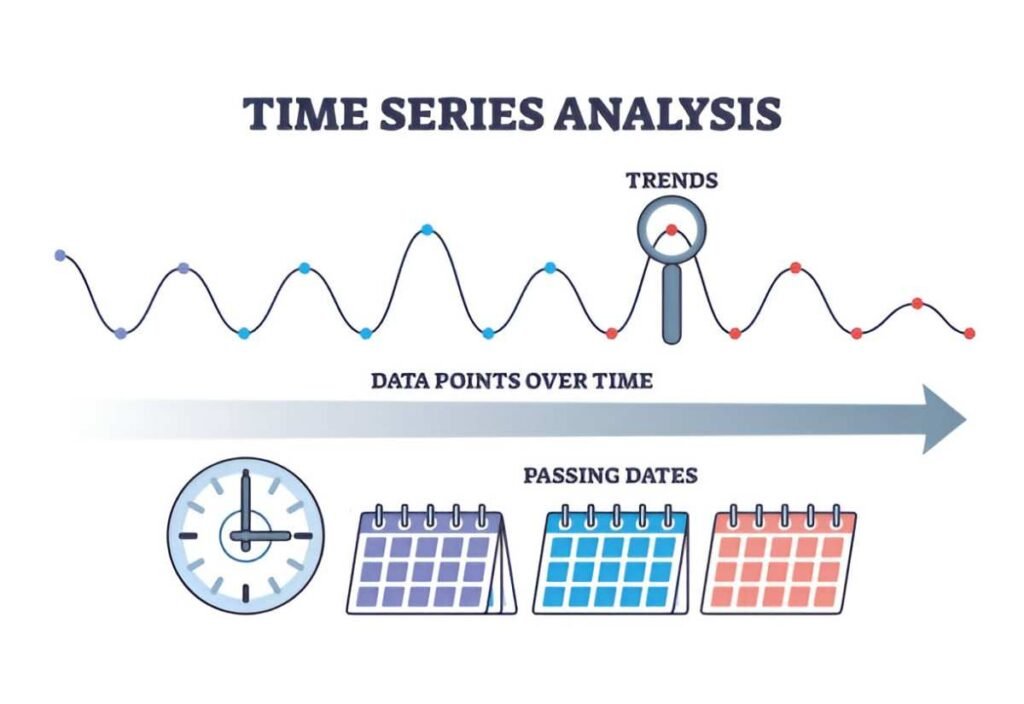Disguised observation refers to a research technique used to gather data without the subjects being aware that they are being observed. It is a method commonly employed in social sciences, market research, and behavioral studies to obtain authentic and unbiased information about individuals or groups. Disguised observation aims to minimize the Hawthorne effect (where subjects may alter their behavior when they know they are being observed) and provide insights into natural behaviors and interactions.
Table of Contents
Key Aspects of Disguised Observation
- Unobtrusive Data Collection: Researchers observe subjects covertly, without their explicit knowledge, to capture genuine behaviors and responses.
- Contextual Understanding: It allows researchers to study behavior in real-life settings without influencing or altering the natural environment.
- Ethical Considerations: Researchers must ensure that disguised observation respects privacy and confidentiality while adhering to ethical research standards.
Examples of Disguised Observation
- Retail Behavior Studies:
- Scenario: Researchers study shopping behaviors by secretly observing how customers interact with products and make purchase decisions in a store.
- Method: Observation could be conducted through hidden cameras or discreetly observing from a distance to avoid influencing customer behavior.
- Workplace Productivity Research:
- Scenario: Observing employees’ daily routines and interactions in an office environment to understand workflow efficiency.
- Method: Researchers may blend into the workplace environment or use unobtrusive methods like time-lapse photography to document activities.
- Public Behavior Studies:
- Scenario: Studying pedestrian traffic patterns in a busy city square to analyze movement and interaction dynamics.
- Method: Researchers may position themselves inconspicuously, using video recording or manual note-taking to record observations.
Benefits of Disguised Observation
- Natural Behavior: Subjects behave more naturally when unaware of being observed, providing researchers with authentic data.
- Reduced Observer Effect: Minimizes the risk of subjects altering their behavior due to the awareness of being observed (Hawthorne effect).
- Versatility: Applicable across various research settings, from retail environments to public spaces, to gather diverse behavioral data.
Challenges of Disguised Observation
- Ethical Concerns: Balancing the need for data collection with privacy rights and ensuring informed consent where necessary.
- Data Accuracy: Interpreting observational data accurately without context or verbal feedback from subjects can pose challenges.
- Logistical Issues: Setting up discreet observation methods effectively without disrupting the natural setting or drawing attention.
Example: Disguised Observation in Customer Research
- Objective: A retail chain wants to understand customer interaction with new product displays.
- Method: Researchers install cameras discreetly within the store to record how customers engage with the displays.
- Insight: By analyzing footage, researchers discover which displays attract more attention and influence purchase decisions without customers being aware of the study.
Ethical Considerations in Disguised Observation
- Informed Consent: Ensure that subjects are informed of the study’s purpose and their participation, where applicable.
- Privacy Protection: Safeguard personal information and respect individuals’ rights to privacy during and after data collection.
- Debriefing: Where feasible, debrief subjects after the study to explain the research purpose and address any concerns.
Conclusion
Disguised observation is a valuable research technique that enables researchers to observe and analyze natural behaviors and interactions in various settings without subjects being aware of being studied. It provides insights into human behavior, decision-making processes, and social dynamics in real-life contexts. While effective in minimizing observer bias and the Hawthorne effect, researchers must navigate ethical considerations and logistical challenges to conduct disguised observation studies responsibly. Understanding this method enriches research practices across disciplines, offering nuanced insights into complex human behaviors and societal phenomena.





